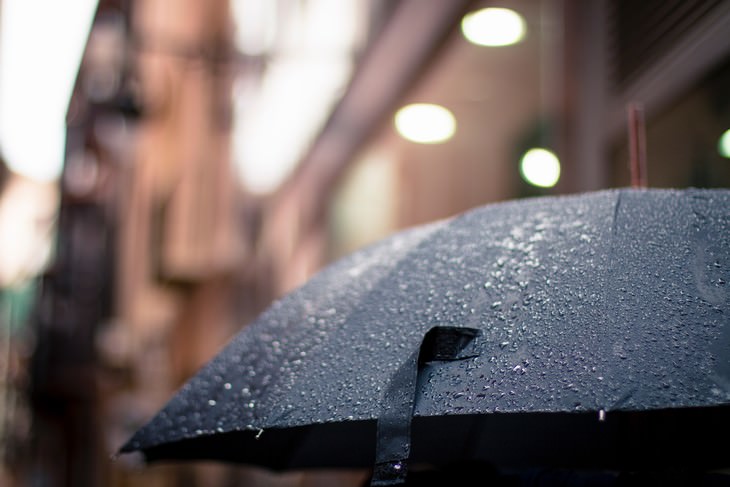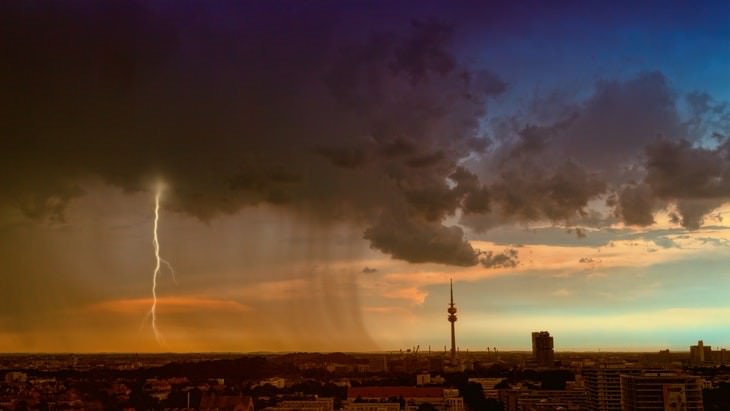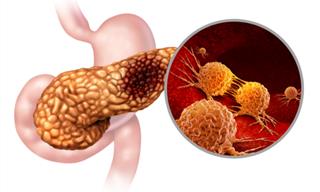Migraines are among the most annoying and debilitating conditions out there, as they can sometimes appear seemingly out of the blue, ruining your day and making you completely unproductive. With time, migraine sufferers learn to distinguish their triggers, which are very individual and vary from person to person. Certain foods and drinks, such as red wine, for example, are common triggers, as are strong scents, bright lights, stress, and other factors. A relatively newly established migraine trigger in medical literature is the weather, which can cause or contribute to migraines in some people.
Understanding what triggers your migraines is extremely important, as it will help you develop preventative strategies for migraines. Although we can’t control the weather, anticipating a migraine can help you be one step ahead of the illness and decrease the severity of the attack or to prevent it altogether.
The Link Between Migraines and Weather
According to the American Migraine Foundation (AMF), about a third of migraine sufferers are sensitive to weather changes overall, but as much as half of the patients who suffer from severe migraines state that the weather causes some of their attacks. At the same time, the AMF doesn’t recognize weather as the primary cause of headaches, stating that other triggers, such as stress or poor dietary choices must be present as well to provoke an attack.
However, there is a growing number of studies showing the contrary, establishing that various weather changes can and do cause migraines. Things like rapid changes in temperature, the sun, the wind, storms, and barometric pressure changes can all trigger migraines.
It was suggested that these weather changes make the levels of serotonin and other neurotransmitters in our brain to change rapidly, upsetting the chemical balance in the brain and producing migraines. Let’s go through each of these triggers a see how they can contribute to migraines:
Changes in Atmospheric Pressure
Barometric pressure is the pressure our bodies are exposed to from the air. This pressure changes with weather and meteorologists actually observe the fluctuations in the pressure to predict the weather. Fluctuations in atmospheric pressure are normal, but unfortunately, some people are sensitive to these changes, especially when they’re particularly rapid, which usually happens around storms or in windy weather.
Higher than normal atmospheric pressure can narrow one’s blood vessels, the sinuses and the chambers in the inner ear, whereas lower than normal barometric pressure will widen them. This is why people sensitive to these fluctuations will typically feel like their nose or ears are blocked and their head hurts when the weather changes, much like one feels on a plane during take-off or landing, but longer.

All these changes, in turn, can trigger a migraine, with several studies confirming a rise in migraine complains in patients before, during and after storms. A Japanese study, for example, explored how migraine sufferers reacted to typhoons and found that 75% of the participants suffering from migraines experience attacks associated with a rapid drop in barometric pressure as opposed to only 25% of participants who suffer from tension headaches.
A Canadian study, on the other hand, found that some patients experienced more migraines before the onset of the strong Chinook winds, whereas others had more attacks after the winds have subsided. Thus, any rapid changes in pressure can be a trigger for migraine sufferers, with patients exhibiting individual differences.
Temperature Changes
Rapid changes in temperature, too, can be the reason why some people get a migraine. Others report that hot or cold weather may be a trigger for their attacks. One study, for example, found that more people go to emergency care units with migraine complaints in hot weather than in cold weather.
Still, there are also reported cases of people being sensitive to cold weather, so you will need to determine which temperatures if any, influence your body. Similarly, humidity levels may affect one’s wellbeing as well, with a study showing that hot and humid climates are statistically more likely to cause migraines than cold and dry weather.
Sunshine
Researchers have not been able to understand why hot temperatures, in particular, can cause migraines, but there are a few theories of why that might be the case. According to one of these theories, hot weather is more likely to trigger migraines because of all that sunshine.
This is because bright light is a known trigger for migraines, and so it only makes sense that exposure to more sunlight will cause migraines with people with light sensitivity. Both an Austrian and a Norwegian study found this to be the case, stating that more sun exposure can increase one’s risk of an attack.
How to Prevent Weather-Related Migraine Attacks
Now, the first thing you’ll have to do in order to minimize the weather’s effect on your migraines is to pinpoint your personal triggers. Migraine diaries are a popular way of learning your triggers. If you already know what causes your migraines, these easy lifestyle adjustments might help as well:
1. Wear sunglasses and a sun hat to protect yourself from excess sunlight, be it on the beach, during a shopping run, or while traveling.
2. If you get more migraines in hot weather, drink plenty of water, as dehydration is a known migraine trigger as well.
3. Stay in climate-controlled environments as much as you can if you’re sensitive to particularly cold or hot weather.
4. If changes in atmospheric pressure are a trigger for you, be prepared and have medication in stock before a storm or any known seasonal meteorological phenomena in your area.
5. If you’re sensitive to weather changes and pressure changes, monitor the weather forecast daily.
6. Avoid exercising outdoors or particularly exhausting activities in the weather conditions that might trigger your migraines.
7. Try to rest and relax as much as you can during high-risk weather conditions.
8. When traveling, try to avoid rapid changes in temperatures, stay indoors for the first day of your trip and rest.
9. And, of course, always have pain relief medication handy, just in case.
 Go to BabaMail
Go to BabaMail





























